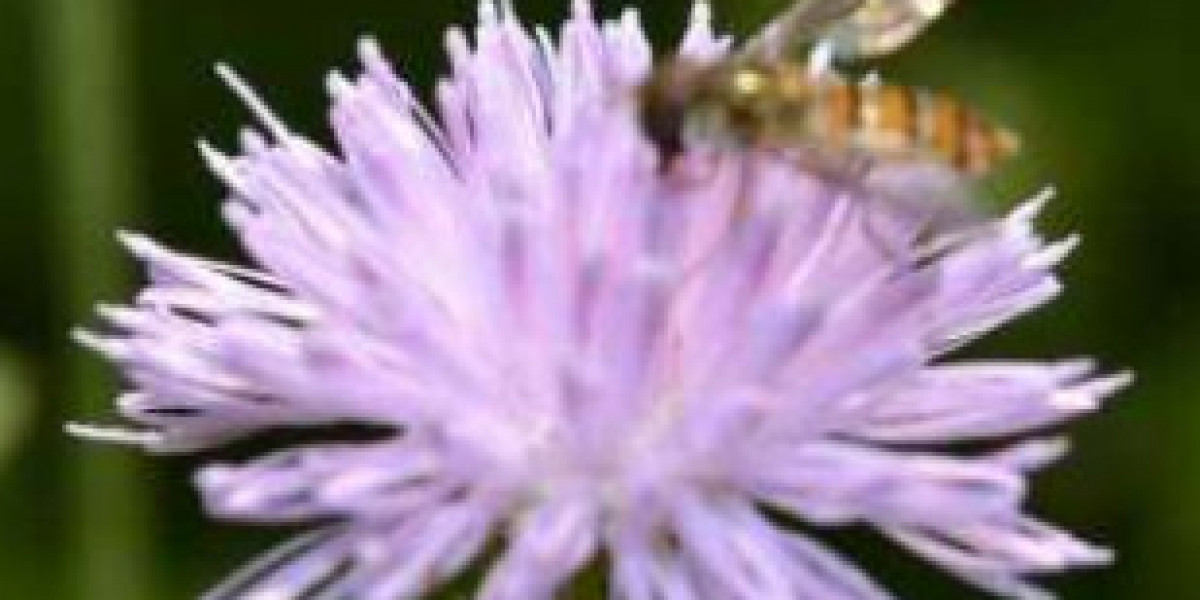
In the recent times, developments in the field of agriculture in the form of ex-vitro plant propagation have actually proved useful to the man kind. One such plant, which has been established by ex-intro, is Jatropha, found in big quantities in Indonesia. This plant includes 25 to 35 percent oil and can be utilized to produce biodiesel, conserving land, and an increase in the income of farmers.
Earlier, there were certain difficulties while growing the Jatropha plant. Firstly, the propagation and transportation of the seedlings of Jatropha was costly and time-consuming. The soil in which, it grows is low in efficiency causing the plant to decay and have illness and last but not the least, the jatropha curcas plant takes considerable time to adjust itself, to the new environment.

Observing all these difficulties, the farming experts promoted ex-vitro Jatropha propagation. The ex-vitro of jatropha curcas solved the challenges, dealt with earlier of planting it. The seedling procedure was made quick and inexpensive. The cost of transport was minimized, as the seedlings were planted close by, in the area of the plantation. Mother plants were chosen from the same area, which did not require the seedlings to adapt themselves, therefore saving time.
The ex-vitro jatropha curcas technique embraced in the plant propagation scheme had root culturing as its basis, where the shoots were grown outside the field in the glass vessels. The platelets grown from this, was immediately seasoned in the green home. The seedlings were extremely heterogeneous, in character and for this reason, high level of propagation was possible.
The ex-vitro jatropha technique showed to be economical. Great care was taken to supply environmental and dietary worth to the plant. Soon, after adopting ex-vitro for jatropha curcas plant, the two months plantlets were prepared to be planted in the field. Rooting was attained, in around three weeks. The federal governments in lots of countries are taking initiatives to encourage the farming scientists to establish jatropha plant propagations through ex-vitro approaches, which are cheaper and sustainable. There are many institutes, which train people about, this method to increase production.

The institutes participated in ex-vitro jatropha curcas approaches of plant proliferation took utmost care in supporting the plants by developing natural conditions. For example, jatropha grows in well drained soil and is dry spell resistant. The ex-vitro technique also, increased the level of seedlings, which were totally free from insect and disease. This strategy of ex-vitro of jatropha curcas proved easy and economical and the seedlings were close to their moms and dad, therefore, preventing problems.
There are certain elements that can affect the ex-vitro development in jatropha curcas plants. They are elements like sunlight, humidity, nature of soil and other weather conditions. Hence, care needs to be taken to change these elements to match ex-vitro.







